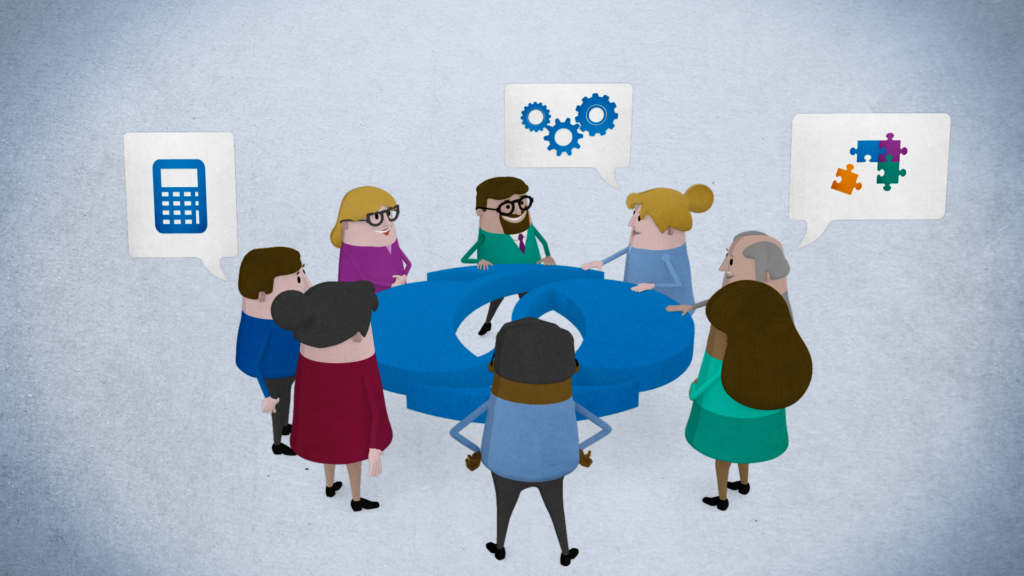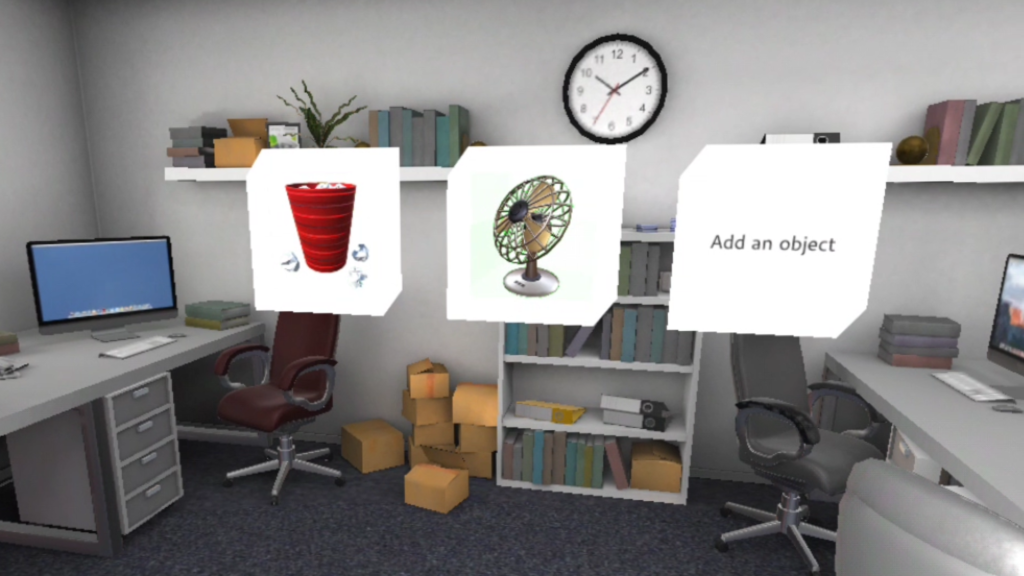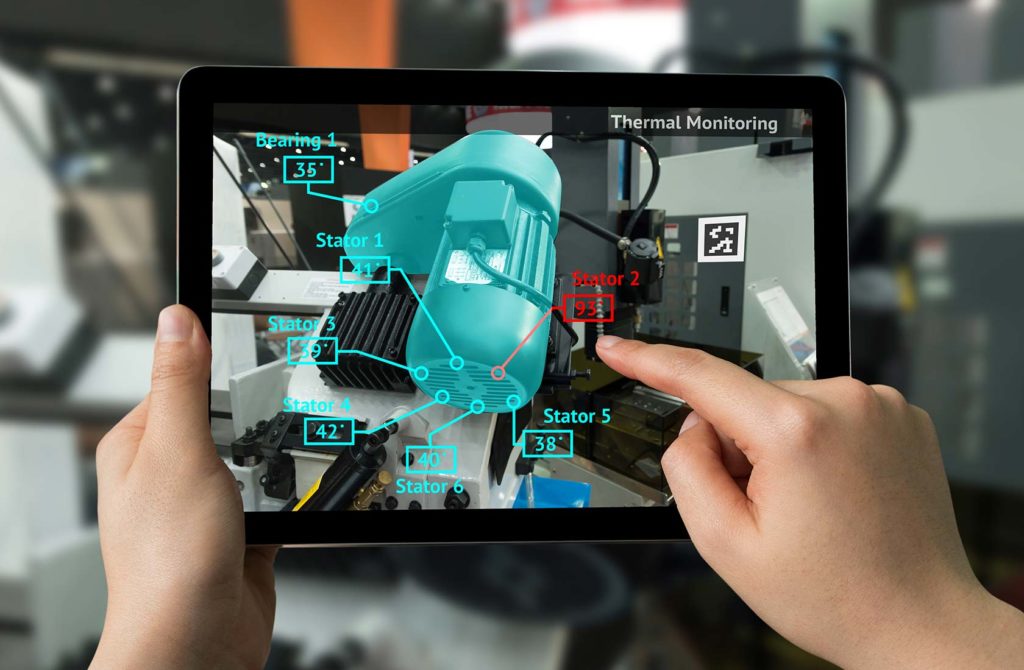If you’re honest with yourself – really honest – the content published on your internal communications channel is not very exciting.
It is. That’s why nobody’s reading it.
Yet companies need its employees to read internal communications so that everybody is singing from the same proverbial hymn sheet. In the modern climate, internal comms is more important than ever.
Communication defines a workplace culture. Effective internal comms ensures the organisation is working together as a single cell trying to evolve and multiply. Everybody has to strive towards the same goal.
And with technology changing the workplace at a fast pace, businesses and your employees have to be adaptable.
The problem is, humans do not like change. We prefer to stay in the bubble of our comfort zone. So when technology is prompting your business to change your modus operandi, why not use technology to help your employees adapt to changes.
Animated Videos
Videos are an excellent tool for communicating with your staff. The format is being used by senior executives and managers to address remote workers and deliver internal comms about changes to the business. Videos help to keep important news personal and emotive.
However, live action video doesn’t work for every message. For example, changes in the workplace often include new processes, or perhaps a new product. A splash of animation can really liven up this type of content.
Animated videos give you permission to remove lengthy talks and replace them with engaging images that can explain abstract concepts in a fun and memorable way.
You can also make animated videos interactive – whereby they transform into a tool for learning. Throw up a multiple choice to quiz employees on the information they have just heard and you cement the right message.
The options are endless.
Virtual Reality
If training is your objective, there is no better technology than virtual reality (VR). You can also use VR for staff development and marketing – more of which you can learn in this article.
You can also use VR to great effect in your internal communications. Let’s say you are bedding in a new recruit and showing them an introductory video. The key messages you want to get across here are your company values.
It can be quite difficult for new employees to grasp the culture of a company and understand your vision in a meaningful way. It’s also difficult for them to gauge what their day-to-day duties will be like unless they have prior experience in a similar job role.
Virtual reality enables you to create simulated environments which mimic the real world. But not only that, VR headsets transfer the user’s eyes and ears from distractions in the real world and create an immersive environment in the virtual world.
This means you can actually replicate a real-world experience that gives new employees a real-life experience of what life is like working for your company.
You can even include real people in virtual reality videos, so why not give new recruits a virtual tour of the office and meet key people they need to know about – and all without having to leave their seat. If that doesn’t get your employees motivated then nothing will!
Augmented Reality
Employees need to access a range of data – most of which is not very interesting even though it may be necessary. Augmented Reality (AR) adds engaging visuals to otherwise dry content. As a result, employees are more prepared to interact with the content.
In an age where a large percentage of the workforce are visual learners, AR provides a solution that enables employees to connect dots quickly. A report published by PwC indicates that AR is a cost-effective means of leveraging emotion, empathy and understanding.
Like VR, AR helps to convey complex information because it enhances the narrative of the content and visual elements make it easier for people to recall the information later on. Visual communication is a tried and tested method that has proven to be timeless.
Gamification
Gamification uses design elements that are typically associated with video games. Thus its greatest advantage is to engage users and create behavioural change.
Businesses are using gamification to promote healthy competition, nurture loyalty and encourage employees to interact with the company. If you need a hook to reel employees into your internal communications forum, tie it to a gamification concept.
Effective internal communications lead to improved efficiency, more productivity, better quality and first-class customer service. Investing in internal communications is an investment for the future success of your company.
For more information about how animation can help your internal communications marketing contact us here.













